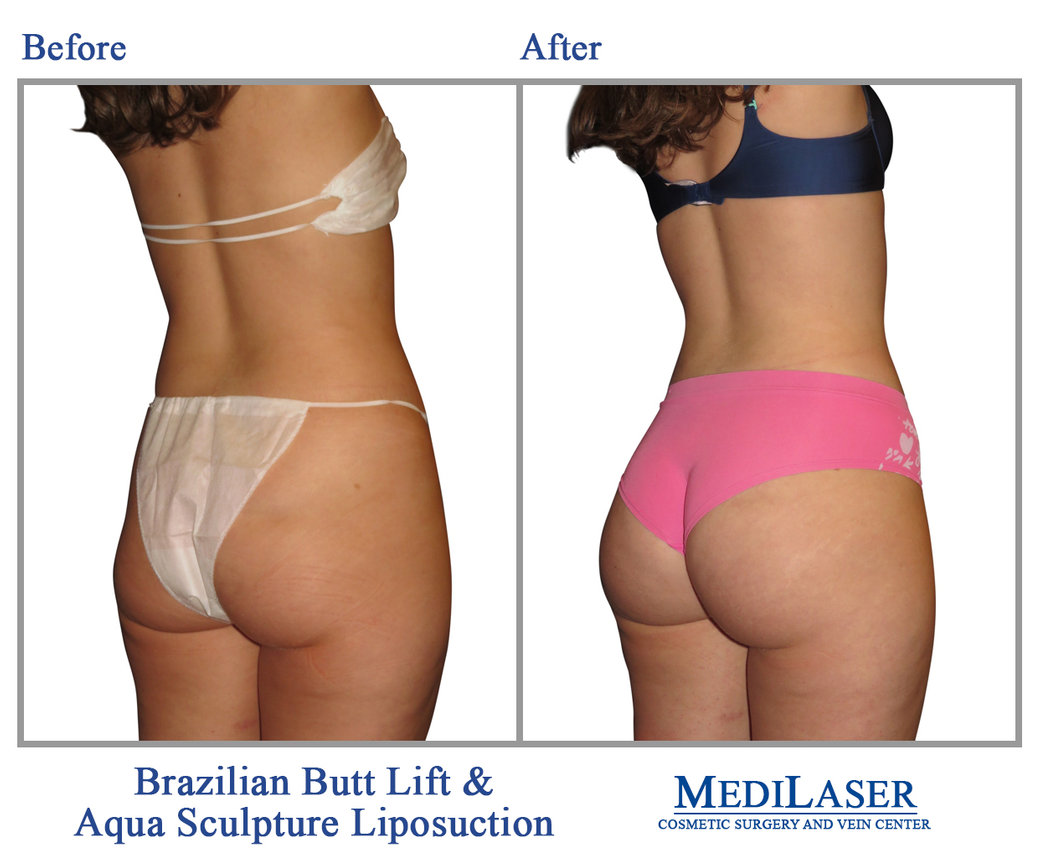
Perhaps you're considering a fat surgery to reduce excess fat. Before you have your operation, here are some things that you need to know. We'll cover what to expect during the procedure, side effects, and how to prepare. If you're trying to slim down, a fat procedure may be an option. While these procedures are effective, they can also cause discomfort. Your doctor will help you determine if a fat removal is right for your needs.
Procedures
There are many cosmetic procedures that can be used to remove excess adipose tissues. There are many options available, including liposuction, radiofrequency, ultrasound and cold. Some procedures combine multiple methods such as injections and liposuction. Learn more about fat removal techniques and how they can improve the appearance of your skin. Here are some examples of fat removal techniques:

Side effects
Liposuction is a popular option for body contouring. But there are some risks. The procedure is effective in removing fat from specific areas, but there are many side effects. Some of these are common and will resolve themselves over time, while others are more severe and may require more time to heal. While the benefits are worth the risks, it is best to not undergo the procedure unless you are comfortable with any side effects.
Anesthesia
The procedure for removing a layer of fatty tissue involves infiltrating the area with a tumescent solution. The anesthetic solution shrinks the blood vessels and reduces the blood loss. This reduces swelling and bruising, as well as the pain after the procedure. You can have liposuction under general or local anesthesia. A local anesthetic, which is administered during the procedure, remains in use for up to 24 hours.
Preparation
You should be aware of the preparations needed before you undergo a fat surgery. This is a straightforward procedure that uses a solution with epinephrine, a local painkiller, and a small amount of anesthetic. These solutions fill in the fatty layer beneath the skin and shrink blood vessels to reduce swelling and bleeding. These solutions can reduce the possibility of scarring, and help reduce the pain.

Recovery
The fat operation recovery time depends on the amount of fat that needs to be transferred and how large the area being treated. The entire procedure can take from one to four hour. This time also includes the preparation and recovery. However, most patients can expect to return to normal activities within 48 hours. The surgeon may advise that patients experience some swelling following the procedure. This will usually subside in a few days. Patients can resume normal activities such as work or social engagements.